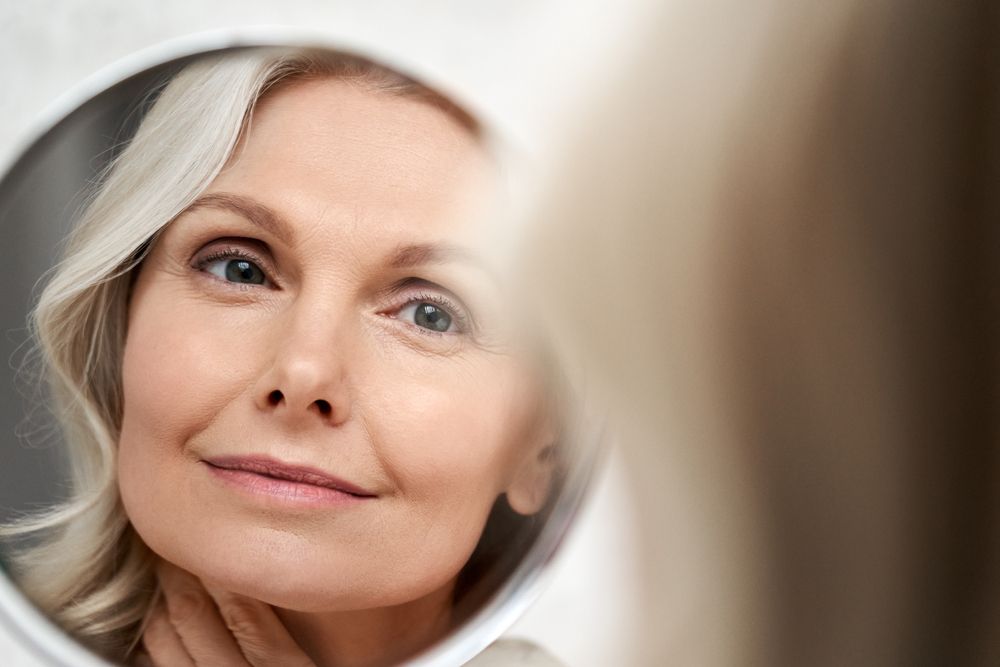Botox is a safe, FDA-approved cosmetic treatment that has been popular among healthy American men and women since its FDA approval in 2002. Millions of people have undergone Botox injections to help smooth facial lines and restore a younger appearance. Botox is injected into the facial muscles, helping to block nerve impulses and relax the muscles. Without contracting facial muscles, lines become less evident and are prevented from worsening.
According to American Society for Aesthetic Plastic Surgery…
Botox was the most frequently administered non-surgical cosmetic treatment in the United States for 2012. More than 4 million people underwent Botox injections – up approximately 10 percent over the year before. Demand for minimally invasive aesthetic treatments continues to rise, and Botox is at the forefront.
FREQUENTLY ASKED QUESTIONS
Although many patients are candidates for Botox injections, it is not for everyone. You must be a healthy adult between the ages of 18 and 65 to qualify for Botox injections. Botox works best along the brow, where the face is prone to indention and sagging. For more information about Botox and whether it is right for you, schedule a consultation with us at your earliest convenience.
Botox is a rapid cosmetic treatment that takes just minutes to perform from the comfort of our office. The injection is administered using a very fine needle that induces only mild discomfort. You can return to work immediately after the injection.
You will begin to notice the effects of your Botox injection within just a few days. The results will continue to improve over the course of approximately 4 weeks and may remain for up to 6 months.



